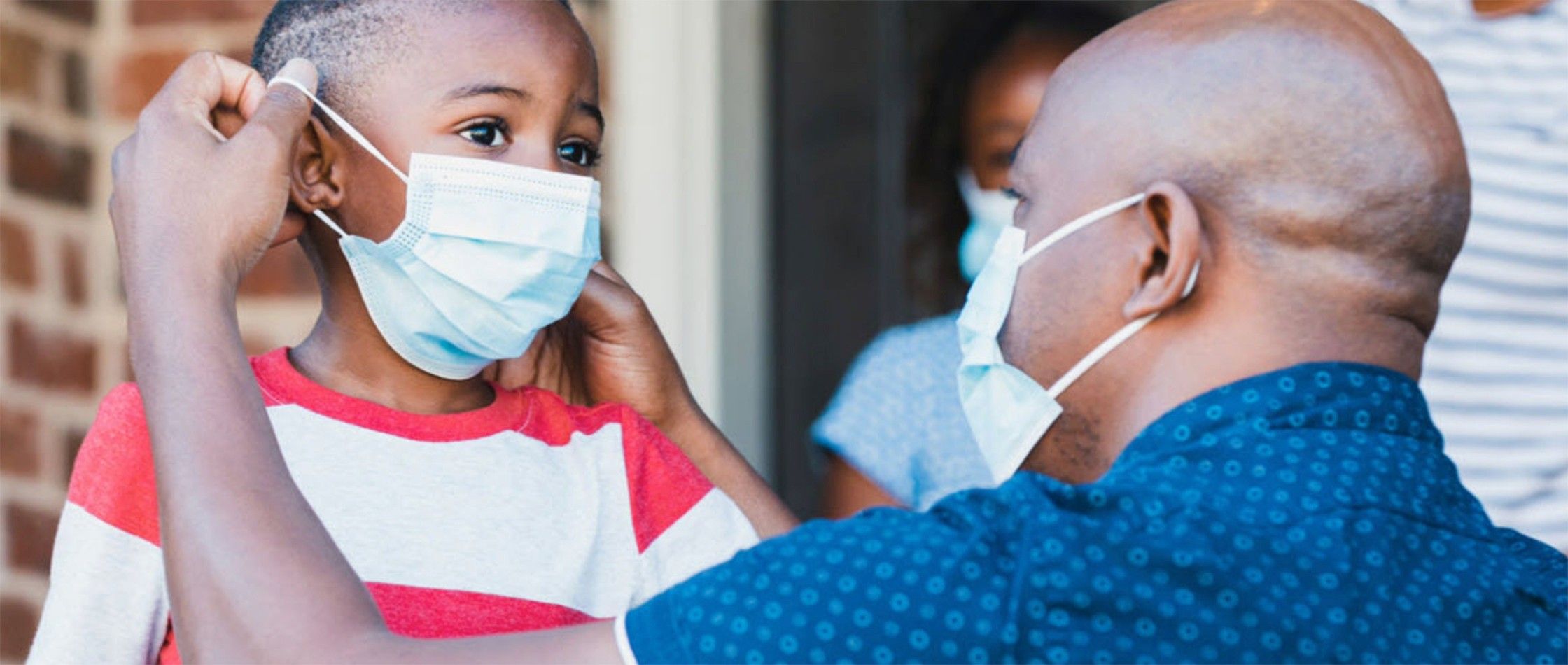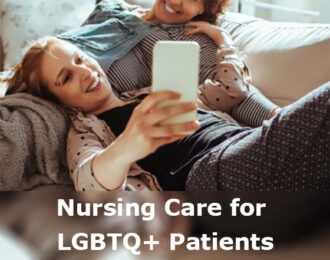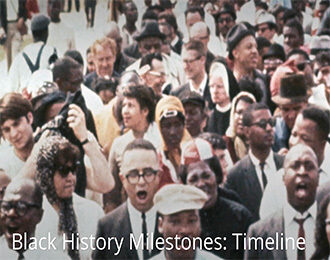Health Equity Now

From the CDC (Centers for Disease Control and Prevention)
Health equity is when everyone has the opportunity to be as healthy as possible.
Current evidence shows that the following factors are associated with increased risk of exposure to COVID-19. These factors disproportionately affect racial and ethnic minority groups:
• Neighborhood and physical environment: There is evidence that people in racial and ethnic minority groups are more likely to live in areas with high rates of new COVID-19 infections (incidence). Locally, the social factors associated with higher rates of new COVID-19 infections may vary between counties. One study found that local population-level factors related to racial and ethnic minority status, language spoken, housing, transportation, household composition and disability were associated with higher rates of new COVID-19 infections. These findings further support potential links between local social factors and COVID-19.
Another study found that geographic areas with higher social and economic inequities, indicating more deprived areas, had higher rates of infection compared with areas with lower social and economic inequities. Additionally, high-deprivation areas had higher proportions of Hispanic and non-White residents, persons working in manual, essential, and public-facing sectors, more crowded housing, and food and health care insecurity.
• Housing: Crowded living conditions and unstable housing contribute to transmission of infectious diseases and can hinder COVID-19 prevention strategies like hygiene measures, self-isolation, or self-quarantine. Increasingly disproportionate unemployment rates for some racial and ethnic minority groups during the COVID-19 pandemic8 may lead to greater risk of eviction and homelessness or sharing housing. In some cultures, it is common for family members of many generations to live in one household. A previous report found that a higher percent of people from racial and ethnic minority groups lived in crowded housing (such as more than one person per room) compared to non-Hispanic White people. Among people with COVID-19, people in racial and ethnic minority groups were more likely to live in areas with higher population density and more housing units or inadequate housing (such as lack of indoor plumbing).
COVID-19 outbreaks have been reported in settings such as correctional facilities, homeless shelters, and long-term care facilities, often referred to as shared and congregate housing. Racial and ethnic minority groups are disproportionately represented in many of these settings. There are challenges in controlling the spread of COVID-19 in shared and congregate housing because of crowded, shared environments, increased potential introductions by staff members and new residents, and difficulty following distancing and hygiene measures.
• Occupation: Racial and ethnic minority groups are disproportionately represented in essential work settings such as healthcare facilities, farms, factories, warehouses, food processing, accommodation and food services, retail services, grocery stores, and public transportation. Some people who work in these settings have more chances to be exposed to COVID-19 because of several factors. These include close contact with the public or other workers, not being able to work from home, and needing to work when sick because they do not have paid sick days.
Another study looked at differences in employment-related risk of infection by race and ethnicity to better understand racial and ethnic disparities in COVID-19-associated hospitalizations. The authors found that non-Hispanic Black adults were 60% more likely than non-Hispanic White adults to live in households with healthcare workers. The authors of the study also determined that a higher percentage of Hispanic or Latino adults (64.5%) lived in households with at least one worker who was unable to work from home (compared with 56.5% among non-Hispanic Black adults and 46.6% among non-Hispanic White adults).
• Education, income, and wealth gaps: Inequities in access to high-quality education can lead to lower high school completion rates and barriers to college entrance. This may limit future job options and lead to lower paying or less stable jobs. People with limited job options likely have less flexibility to leave jobs that may put them at higher risk of exposure to COVID-19.
Recent studies consistently found that non-Hispanic Black and Hispanic or Latino participants had lower levels of COVID-19-related knowledge about personal prevention practices, symptoms, and when to seek care, yet were more worried about and experienced more negative effects related to COVID-19. Additionally, one study found that among pregnant people with confirmed COVID-19, Hispanic or Latino people were more likely than non-Hispanic people to have lower incomes and public insurance.





